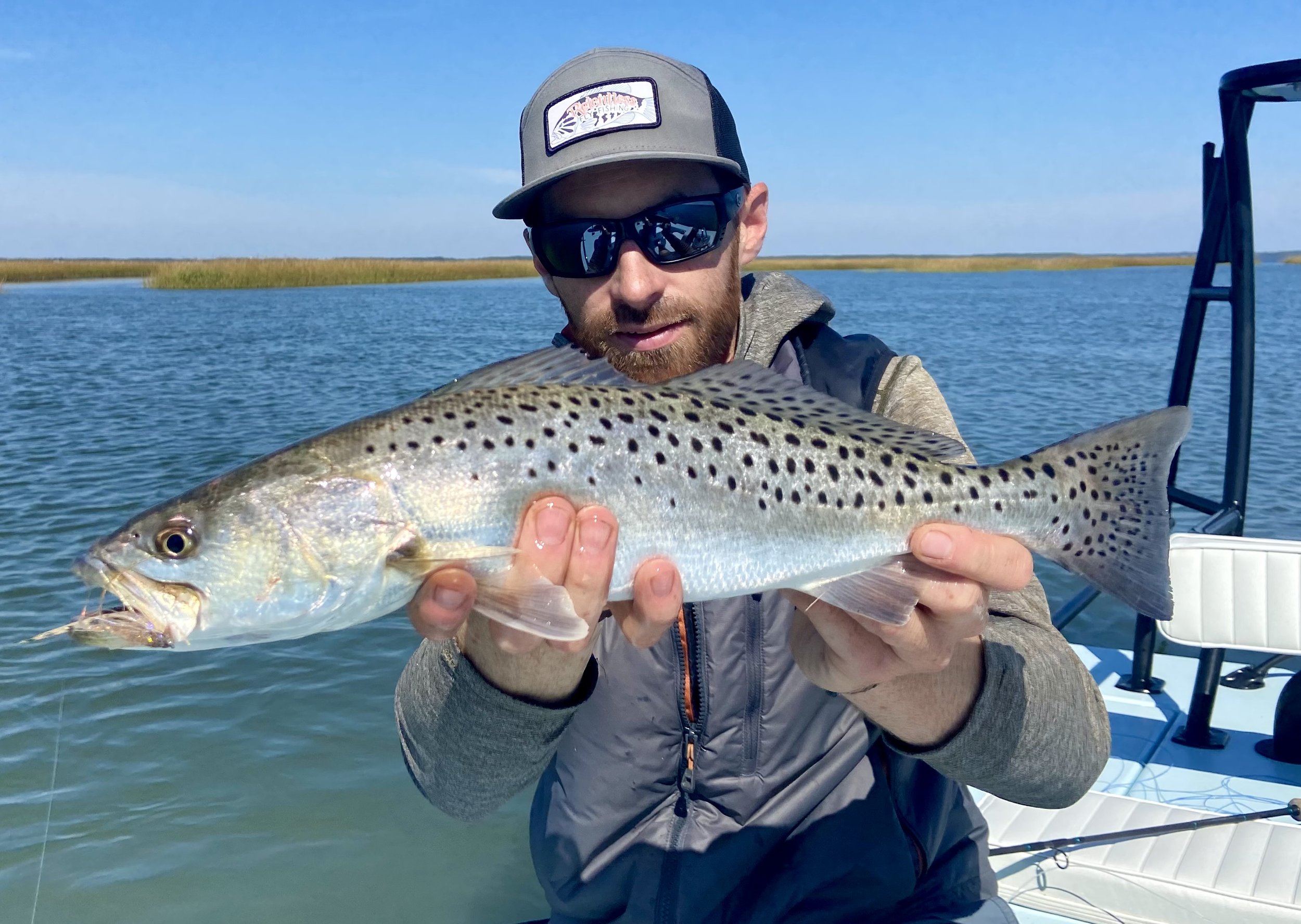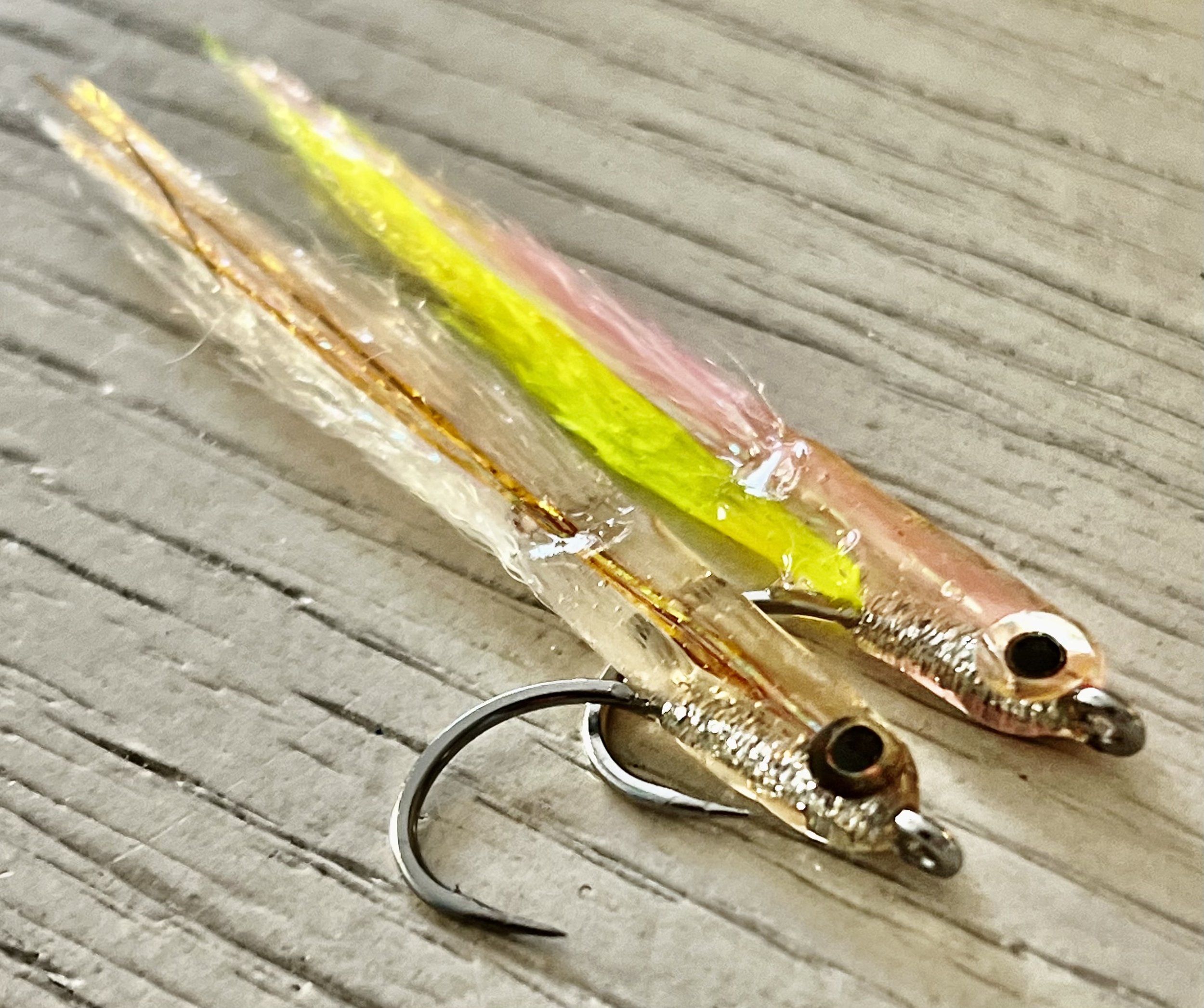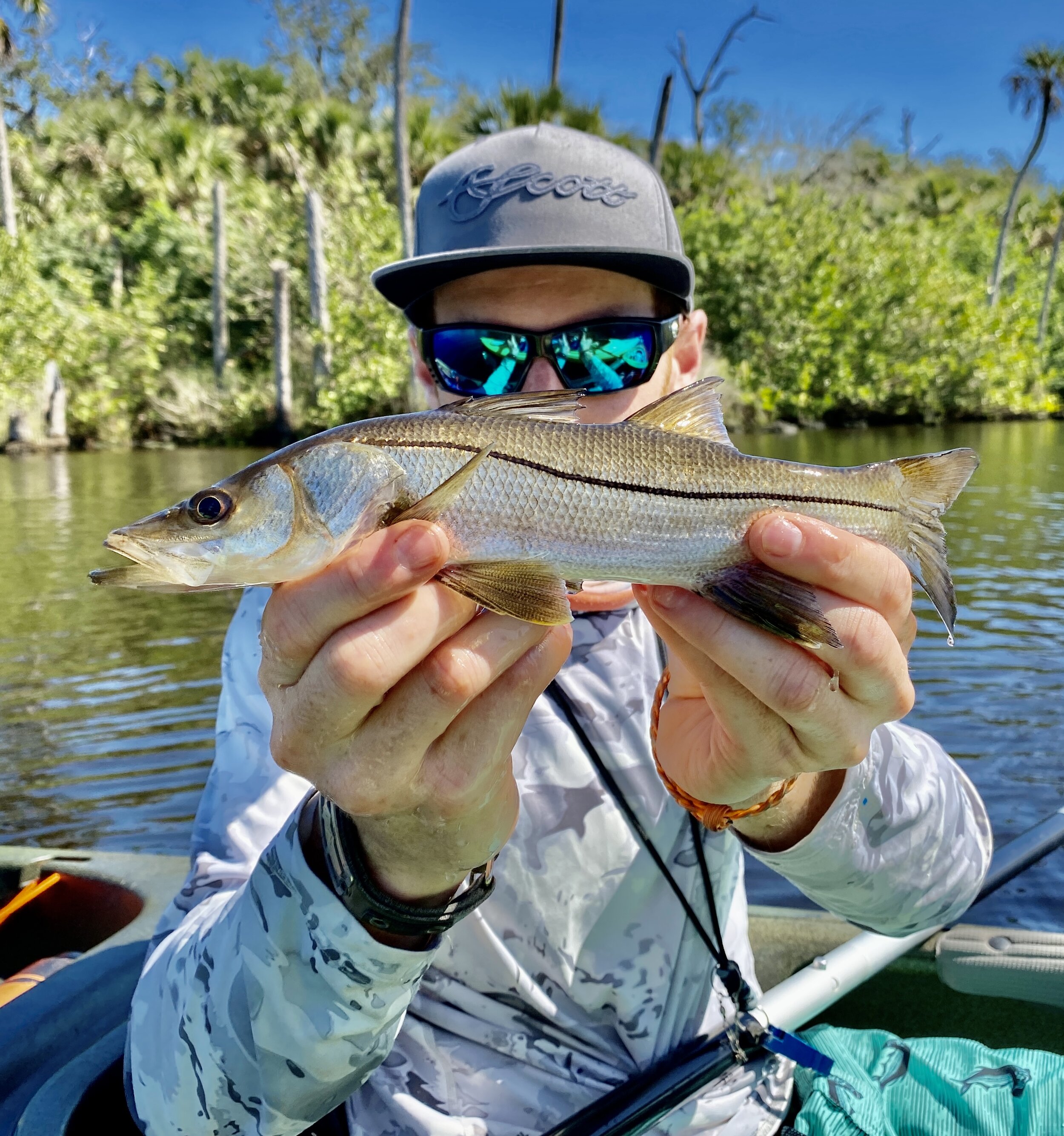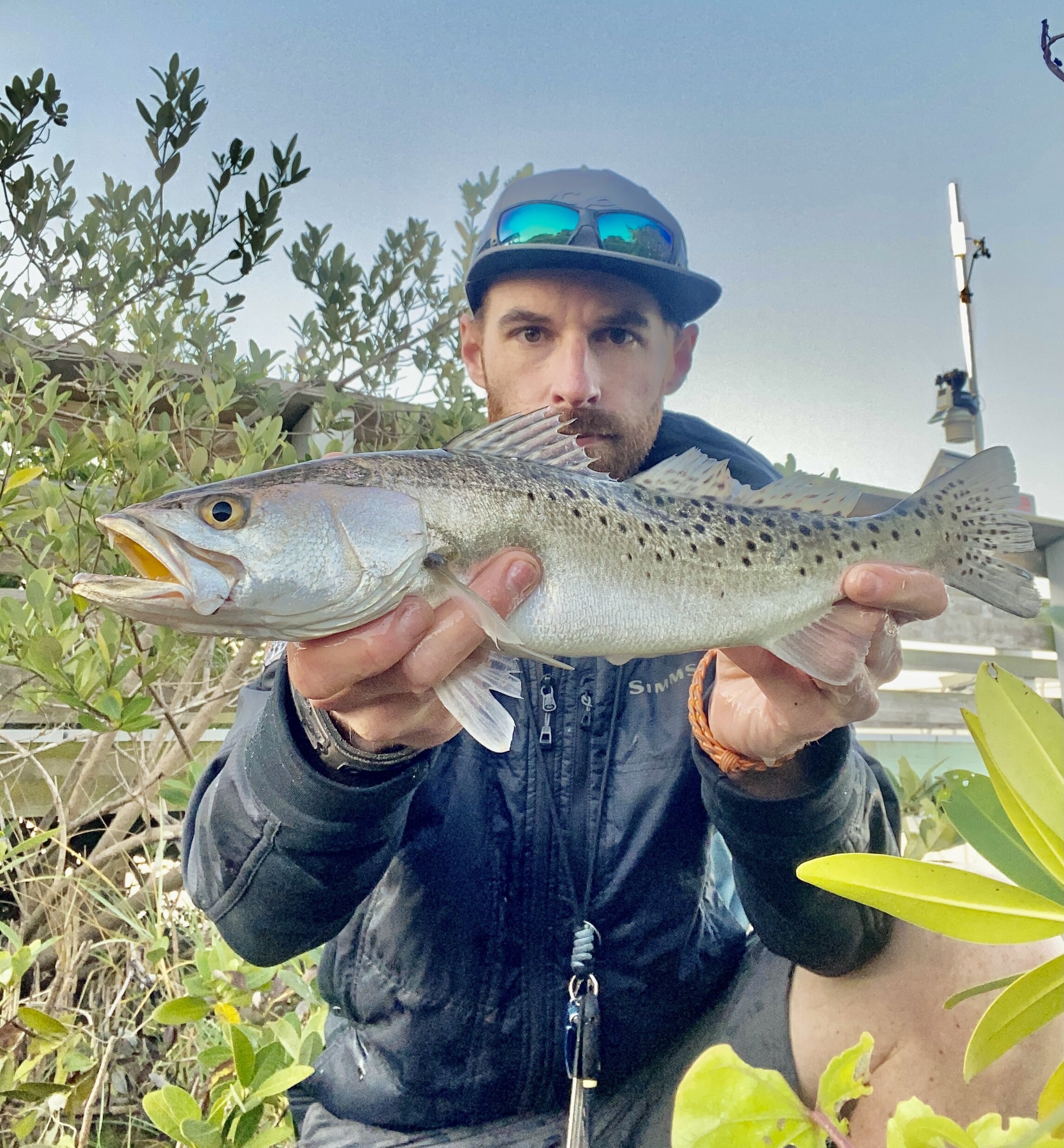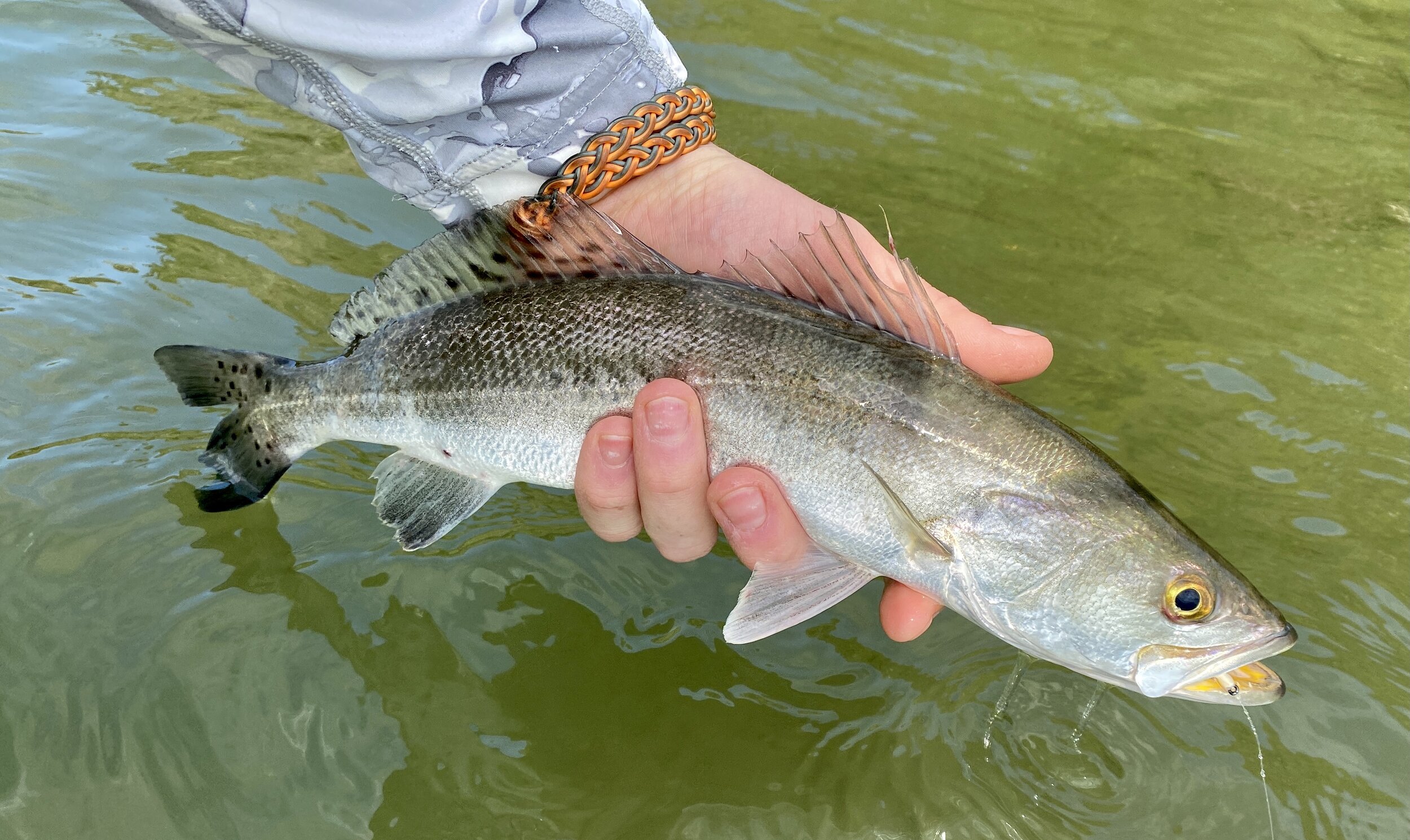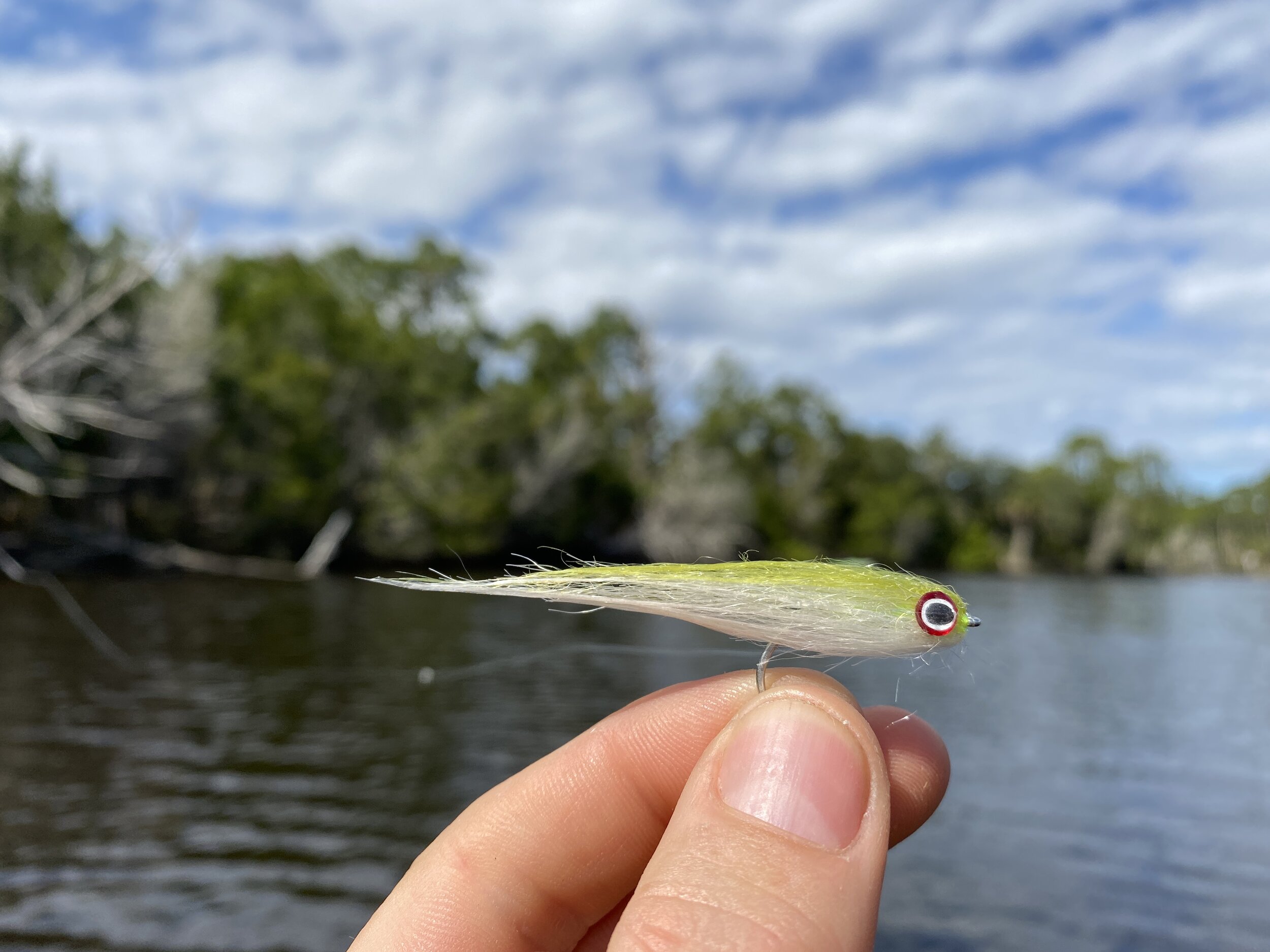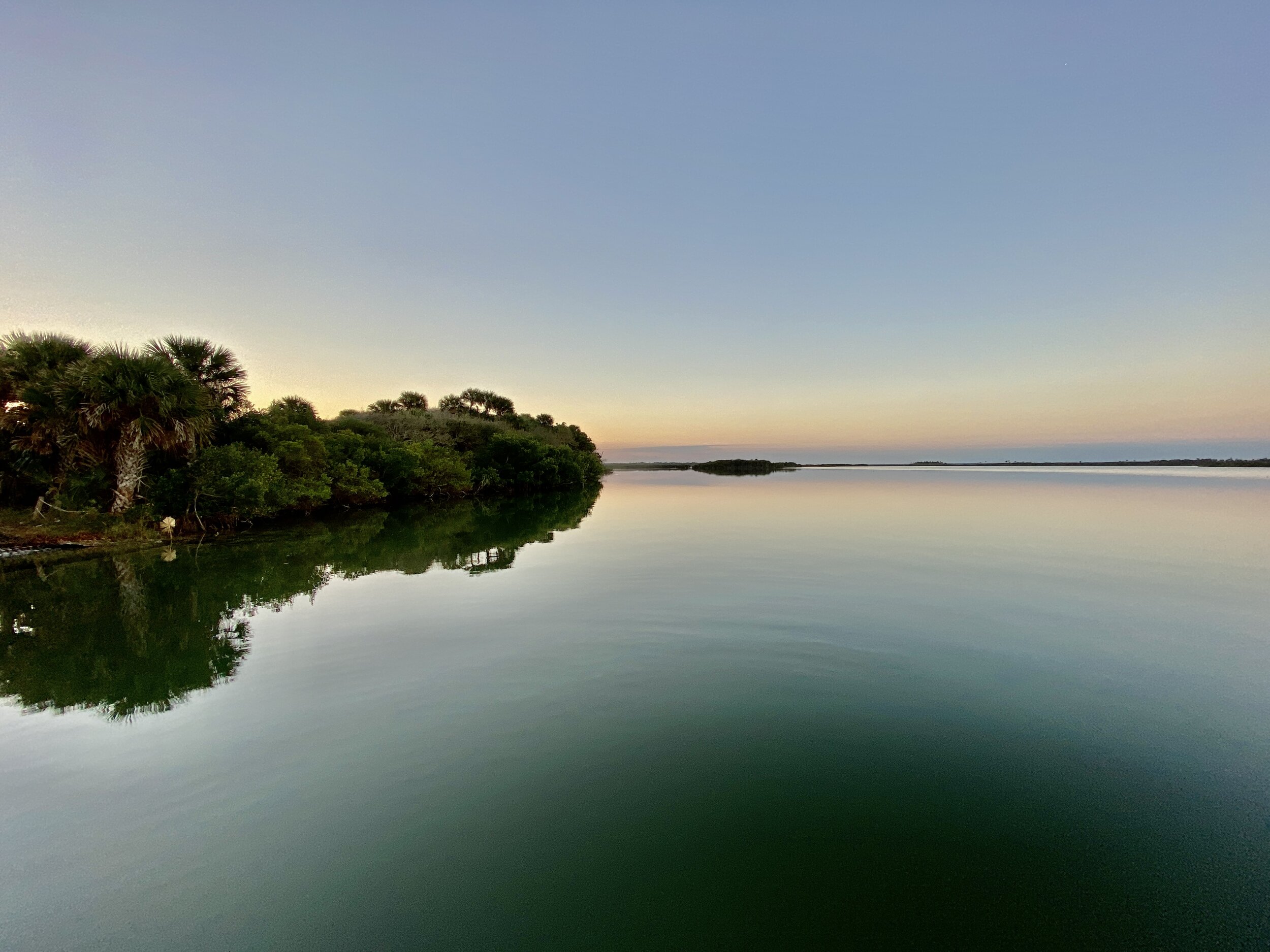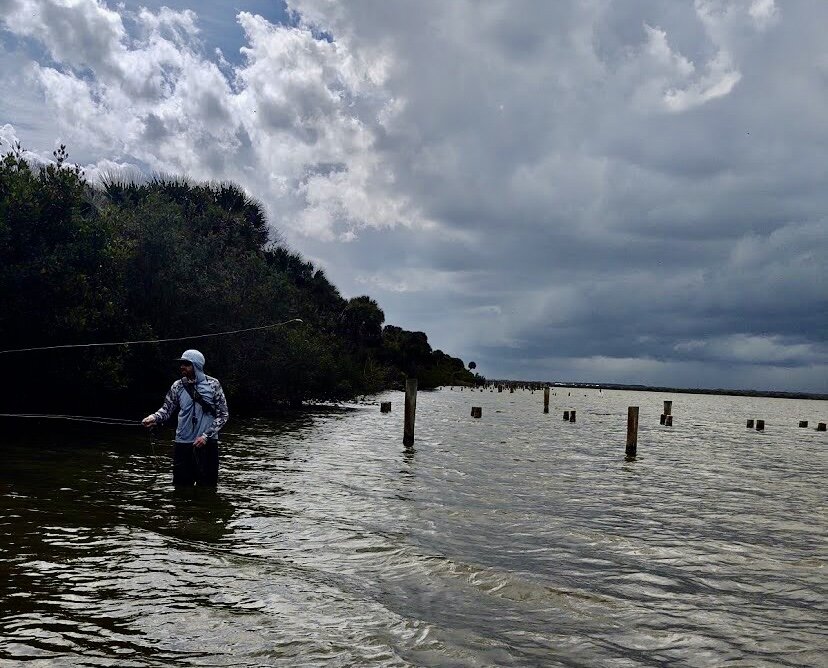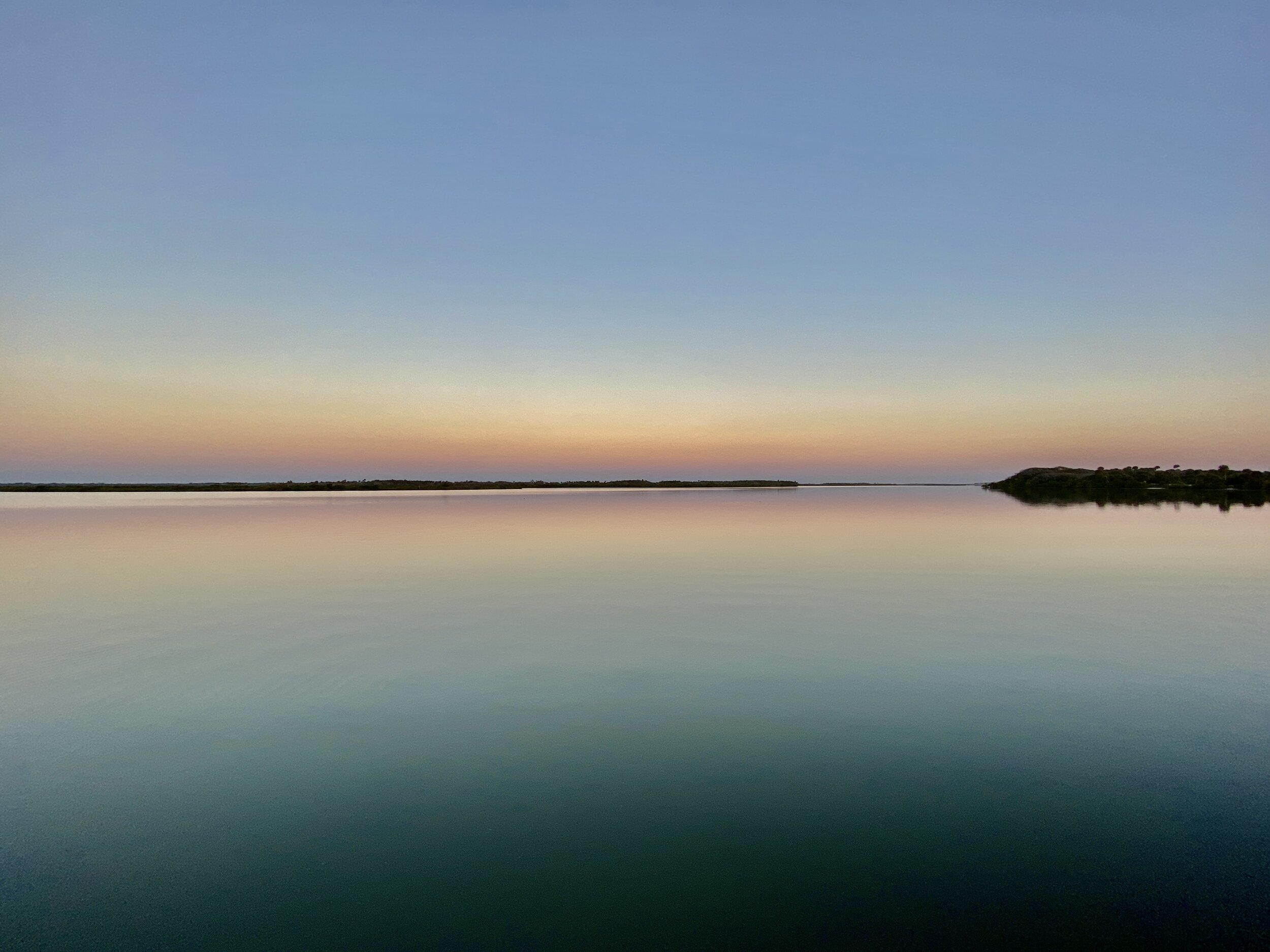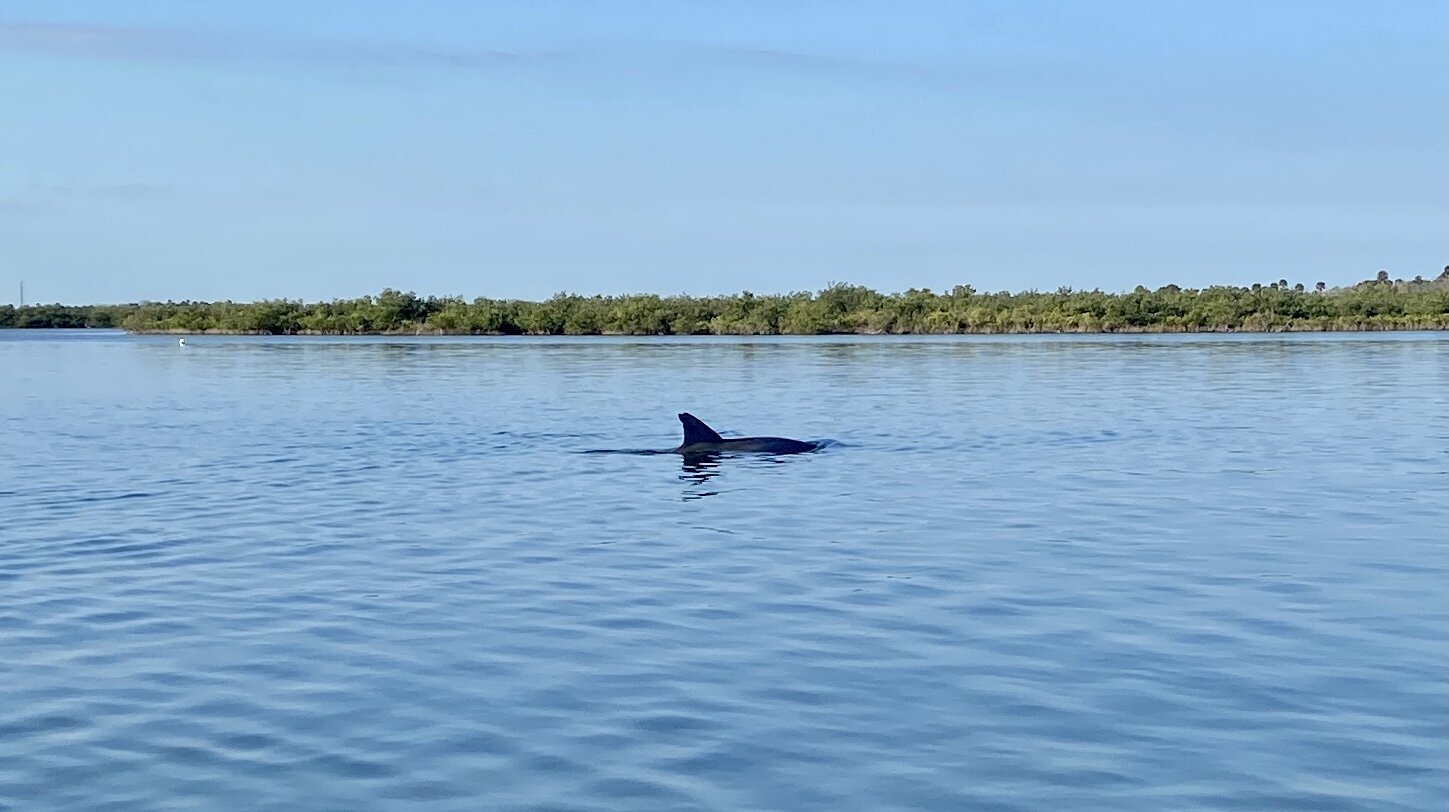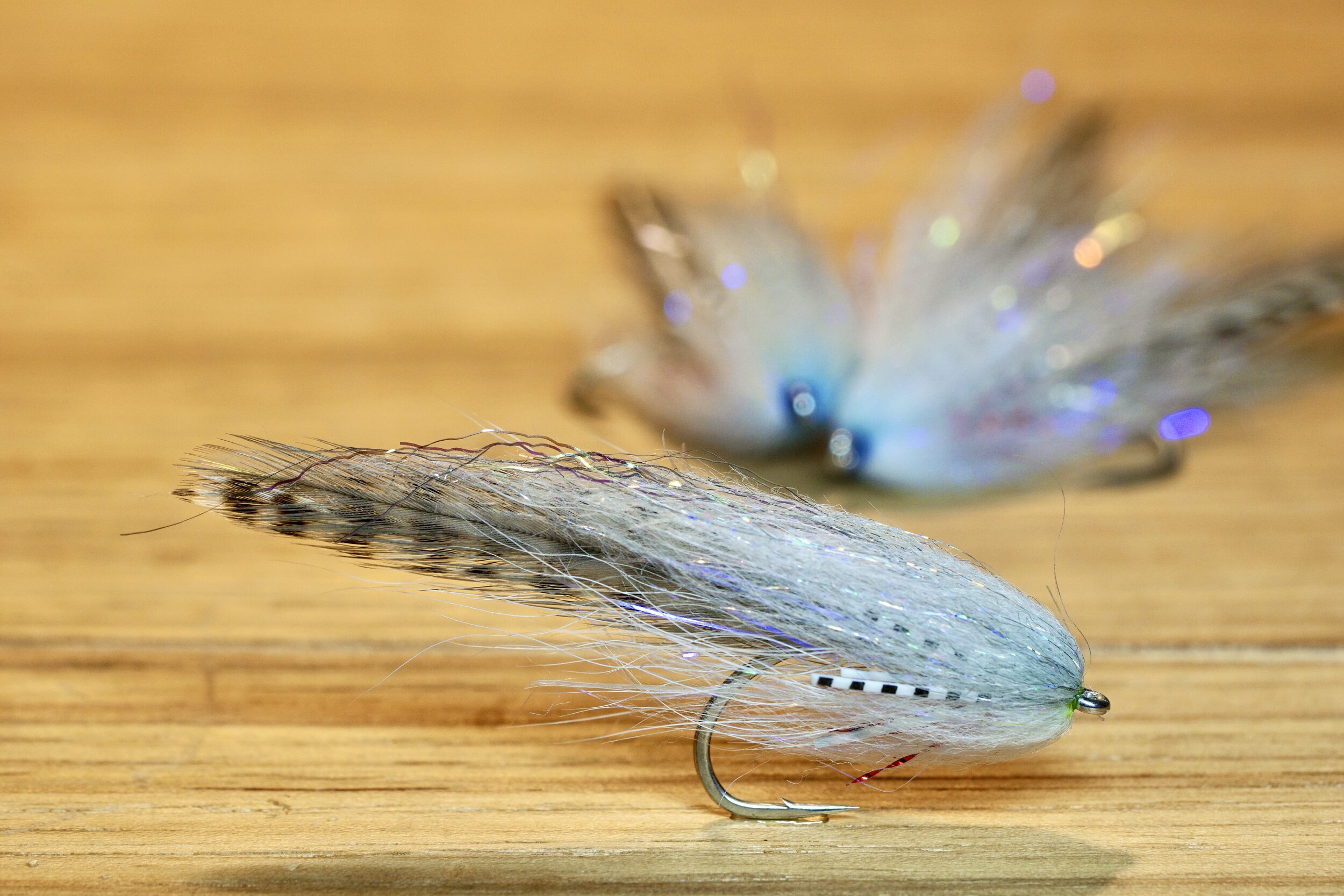I’m happy to introduce Bill Ferguson as a contributor to the Relentless Blog! Bill starting guiding for us out of TCO Muncy and brings a ton of experience to the table. Bill and I share a strong passion for night fishing so expect us to release one to two articles a month focused on night fishing content. For our first installment, Bill shares ten easy tips for beginners. Being in April, we are on the early side of really putting in lots of time in the night game, but it’s never too early to get the gears turning and start thinking about it. The next time we have a new moon and low flows, go give it a try! Enjoy!
-Frank
TEN TIPS FOR GETTING STARTED NIGHT FISHING FOR TROUT
1.Fish With a Friend - While night fishing alone might seem a terrifying or at least daunting prospect to the beginner, it really is enjoyable with a partner. If you are both starting out, you can learn the game together. If your partner’s an experienced night angler, you have a mentor. I’ve learned a lot from watching how night fishing companions practice their craft. Much of what seems intimidating about solo night fishing, just isn’t when it’s shared. If you’re worried about sharing your “spots”, choose a spot new to both of you or very well known to both of you - a neutral playing field. When I have someone along, I prefer to fish within speaking distance. It's often productive and efficient to have one angler fish the surface and the other underneath as you work through the same water together. This can help you to find what works faster and you have someone to photograph that trophy trout when you land it! These days, I fish alone at night more than I do with a companion, but I enjoy it whenever I get the opportunity to fish with a friend.
Having friends on the water make taking pictures of good fish like this in the dark much easier. Here is Sam Galt showing off a great fish.
2. Fish Familiar Water - A successful night trip begins in broad daylight. Picture your favorite stretch of water; the one where you know every fishy bucket and overhanging branch. This would likely be an ideal spot for your first night trout trip. There are a lot of things that can go wrong in fishing day or night: tangles, errant casts, falling down, to mention a few. Fishing at night, by nature, exacerbates the opportunities for things to go sideways. Fishing water you know well from daylight visits minimizes many (some) of these factors. You know where to wade and where to cast to avoid obstructions. You know the fishy pockets and how to find the path back to the parking lot when you’re done. All this is key for a smooth, successful nighttime outing. Do NOT fish a new section of river for the first time at night unless you are with someone else who HAS fished it at night. At best you will have no idea where the fishy spots and potential snags are located and you’ll be throwing your flies randomly, wading through prime water, overusing your flashlight, reducing your chances of hooking fish and greatly increasing your chances of losing flies. At worst, you can end up falling in the river since you don’t know where to safely wade; or lost, blundering through the nighttime woods trying to make your way to the river or back to the parking lot. If you are set on fishing new water, at minimum, show up an hour or so before dark to scout the places you intend to fish. Make sure you know how to get to the river and how to get back to the car. Also get an idea of where and how to wade the water, as well as likely spots to cast to and obstructions to avoid.
3. Know The Flows - Never fish a river at night when it’s rising, or higher than you are used to from rain. Nearly 100% of my night fishing is done at low summertime flows with excellent water clarity. Wading becomes more challenging in high water. Wading a swollen river after dark is dangerous. Watch the river gauges for flows. Know what flow is acceptable for night work. Muddy water is simply a non-starter for night work as well. Night trout are hunting and visually locating prey is part of their strategy. If the water is high and/or muddy, fish during daylight.
Don’t night fish when the river looks like this…
4. Watch the Water Temperature - Monitor the temperature of water when you night fish. Trout are stressed from lower dissolved oxygen at higher water temperatures (approaching or above 70F). Catching a trout in these water temperatures will probably kill it due to lack of oxygen. If you intend to practice catch and release, don’t fish for trout in excessively warm water because it will likely be catch and kill regardless of your intentions. Some of the advice I’m seeing now is to avoid fishing for trout if the water temperature is above 65F. Other sources say 68F should be the cutoff. Regardless of the exact number, let’s agree that 70F or above water temperatures are too high for ethical trout fishing. Let’s also agree that each angler needs to pick a maximum temperature for what is ethically fishable and stick to it. In July and August here in PA and especially on freestone rivers, thermal issues are a fact of life. Alternatively, target tailwaters or limestone fed rivers which flow cold all summer. If that’s not an option, wait for cooler weather or fish for bass and panfish.
5. Adjust Your Expectations - While it might be reasonable to expect to catch a boatload of trout during daylight during prime conditions fishing nymphs on a river you know well, generally the catch rate is lower at night. As a night fishing beginner, just concentrate on getting those first couple of fish and learning the game. Pay attention to the water type the fish came from and the fly and presentation that got the fish to strike. Often the average fish size at night will be larger. And on the right night, you just might land the brown trout of your dreams. In many scenarios, just a few fish could be considered a great outing, with good numbers being possible at times. That said, one truly large fish can make your whole night!
Small fish also feed at night! Especially when getting started, have reasonable expectations and celebrate any fish you bring to hand.
6. Don’t Crowd Others - Be respectful of other night anglers. Solitude is one of the things that draws folks to the night game. Giving other anglers space is obviously important in day or night, but I feel it’s even more important after dark. There are relatively far fewer anglers out there after dark, so there’s zero reason to crowd in on others at night. In daytime, crowding is sometimes unavoidable due to the sheer numbers of anglers on the water. At night, if someone is in the parking area where you intended to fish, it’s OK to ask them if they are intending to fish at night. If they are, drive on and find another spot. Let that angler have the same solitude that you want. It’s a great idea when planning a night fishing trip to have a plan A location and a plan B location if spot A is occupied. It’s a fact of life that there are more anglers on the water day and night. We are out here night fishing to avoid the crowds. Give others the same room on the water that you want.
7. Illumination Situation - A personal light source is ESSENTIAL for the night game. Carry at least two as well as spare batteries. That said, use your lights ONLY when necessary: getting to and from the river, changing flies/untangling your rig, charging glow line, fighting/landing fish, unhooking and releasing fish, and lighting up water AFTER you’re done fishing to see where fish are holding. Headlamps are ideal. A quality night fishing headlamp has a stealth mode (red, green, UV) as well as white light and variable brightness. Dimmed red or green lights are great for moving around in or near the river and for stealthy fly changes as these colors are less disruptive to fish. UV light on a headlamp is less common but great for charging glow lines quickly and for fly changes as well. In fact, certain tippet materials glow incredibly well in UV light. Fish don’t seem to be spooked by UV either. White light, especially bright white light shining into the water where fish are holding should be avoided as much as possible as it can spook fish, ”blowing up” your water. Bright white lights also upset the angler’s night vision for several minutes when they’re switched off. If all you have is a fixed brightness white light, use extra care. Walk to the bank and turn your back to the water before lighting up if you need to change a fly or work on a tangle and give your eyes a few minutes to regain your night vision after putting out your light. But by all means when you hook up with a good fish or when you’re spotting for fish after a fishing session, go with maximum brightness white lights.
Red lights are an essential feature on your headlamps. White lights can spook fish and hurt your night fishing, so use them sparingly.
8. Rope Up - Use heavy tippet sized for larger flies and larger fish at night. Trout are NOT tippet shy after dark. Big trout can and will test the limits of your tippet, so it makes sense to use something heavy. Heavy tippet enables you to quickly play and release even larger fish. If you’re using fly shop tippet, I recommend 0x or 1x fluorocarbon. My personal tippet choice for night work has been 12 lb test UV Gold Stren for the past several years. My headlamp has a UV mode and the gold stren glows brightly under the UV light, which is great for tying knots and untangling.
9. There is No Substitute for the Reps - Developing confidence in your tactics, approach, and fishing locations at night only comes through experience. The learning curve may be pretty flat at first and initial successes can be hard earned. Don’t give up if you have one (or even several) unproductive outings. Stick with it, and your efforts will eventually be rewarded. You can shorten the beginner learning curve by focusing your initial efforts on waters with high trout populations. In these venues, you know that fish are seeing your flies. Use these spaces as a classroom to teach yourself how to play the night game. Try different fly styles, different presentations, different depths in the water column and different water types. Eventually the tendencies and patterns emerge for the predator trout in your river and you can begin predicting locations and tactics that are effective after dark. These lessons, once learned, will translate well to other rivers. After a while, as you explore new stretches of water during the daylight, you start to think like a night angler, identifying potential night fishing locations. It’s very validating to revisit these spots at night and prove yourself correct by catching some “Black Ops Trout”!
Also use these beginning reps to cultivate efficient habits for night fishing. These habits include: turning your back to the river before lighting up that white headlamp, rigging and tying solid knots quickly under a dim headlamp, knowing your vest/pack layout so you can find things without your headlamp, charging your glow line quickly by coiling it in your hand and holding it against your lamp, examining your rig by touch for snarls/leaves/debris by smoothly sliding a hand down the tippet and across your flies, and removing the inessential line snagging gear from your person and pack. These nighttime habits and efficiencies will help maximize your productive fishing time, minimize downtime, and ultimately lead to more fish in your net. I include safety glasses as an efficient night habit as they keep my eyes safer; an important consideration when fly casting large sharp hooks around in the dark.
This fish was caught by going subsurface while fishing with my friend, Austin.
10. Move Beyond Mousing - I’m not sure there’s a more exciting way to hook into a large predatory trout than a nighttime surface eat. Topwater fishing when fish are willing to attack flies on the surface is about as good as it gets. The issue is that fish are not always oriented toward topwater feeding. But be assured, they often ARE feeding at these times. The successful angler finds out where fish are willing to eat in the water column. Use an unweighted night streamer or a classic wet fly to probe the middle depths. If circumstances warrant, move to a bottom bouncing crayfish pattern or a black dungeon. It’s worth remembering that old school wet flies like the Silver Doctor and the Governor tied in larger sizes were the preferred patterns for catching big trout at night long before most of us were born. If trout aren’t eating on the surface and all you’re prepared to do is “mousing”, you’re likely going home disappointed. But, if you’re equipped with the right flies and tactics to present subsurface, you might turn a slow night into an incredible outing. Find what works. It might be a mouse fly, but it might also be a sunken black ops bugger fished on the swing or a Harvey pusher fished on a dead drift. Don’t be a one trick pony married to a single night fishing tactic. Being a versatile night angler will put more fish in your net.
The ‘Black Ops Bugger’ is my favorite subsurface pattern.
Thanks for reading! Hopefully these tips motivate you to get out and give the night game a try!
Bill Ferguson
Instagram: @wsf241and @reasonablycompetentflytyer

























































































